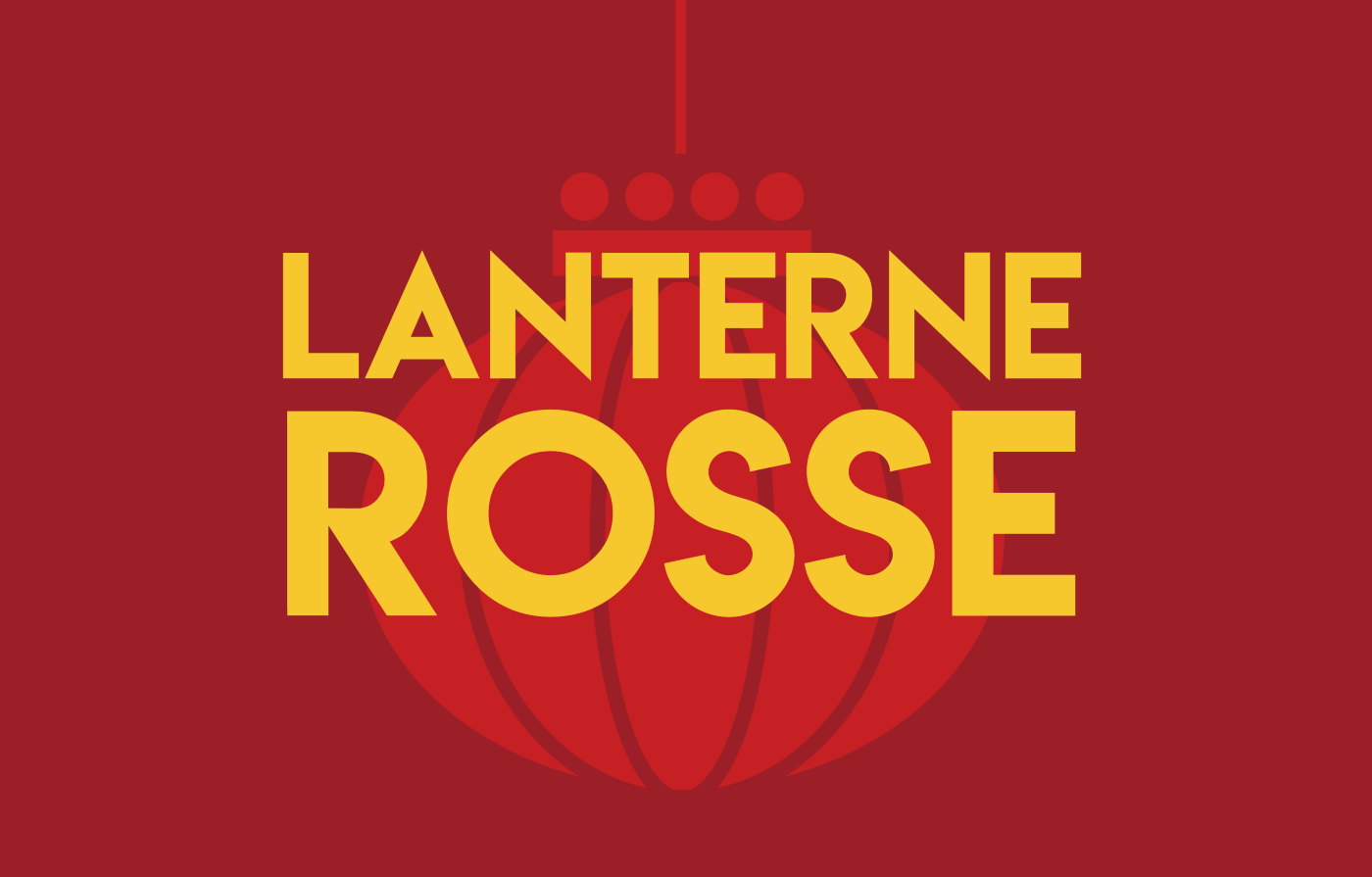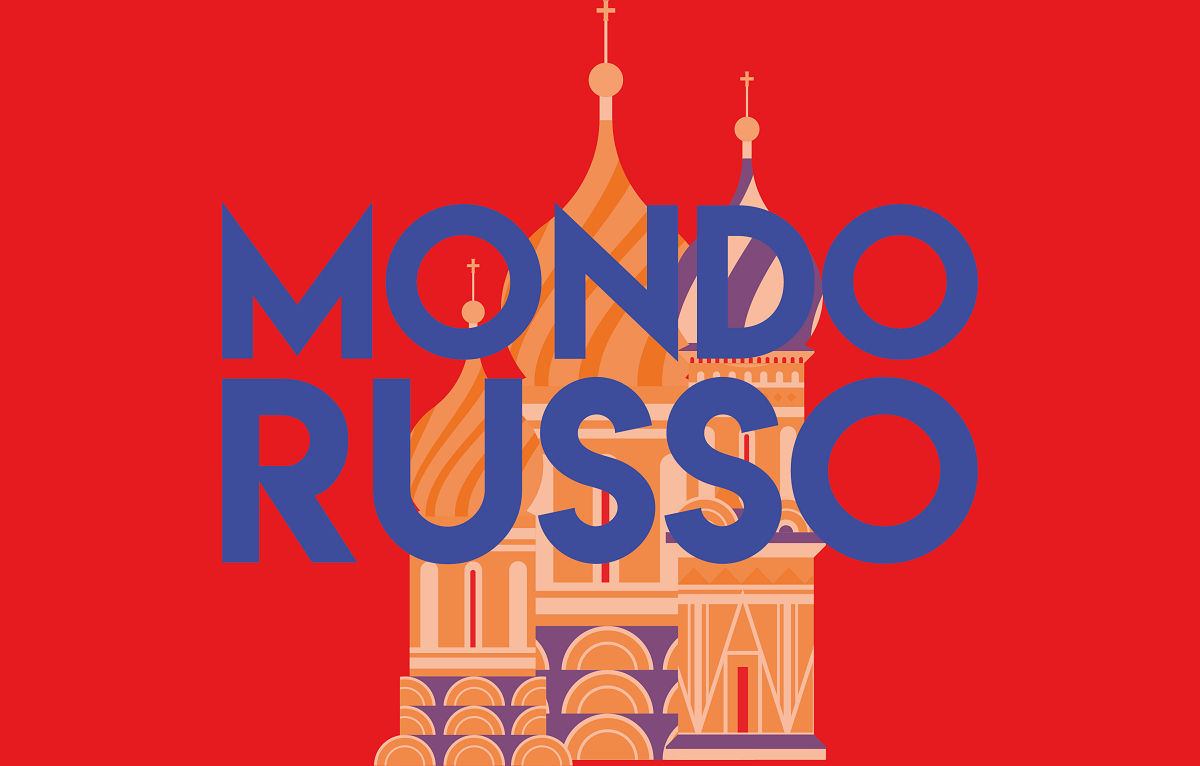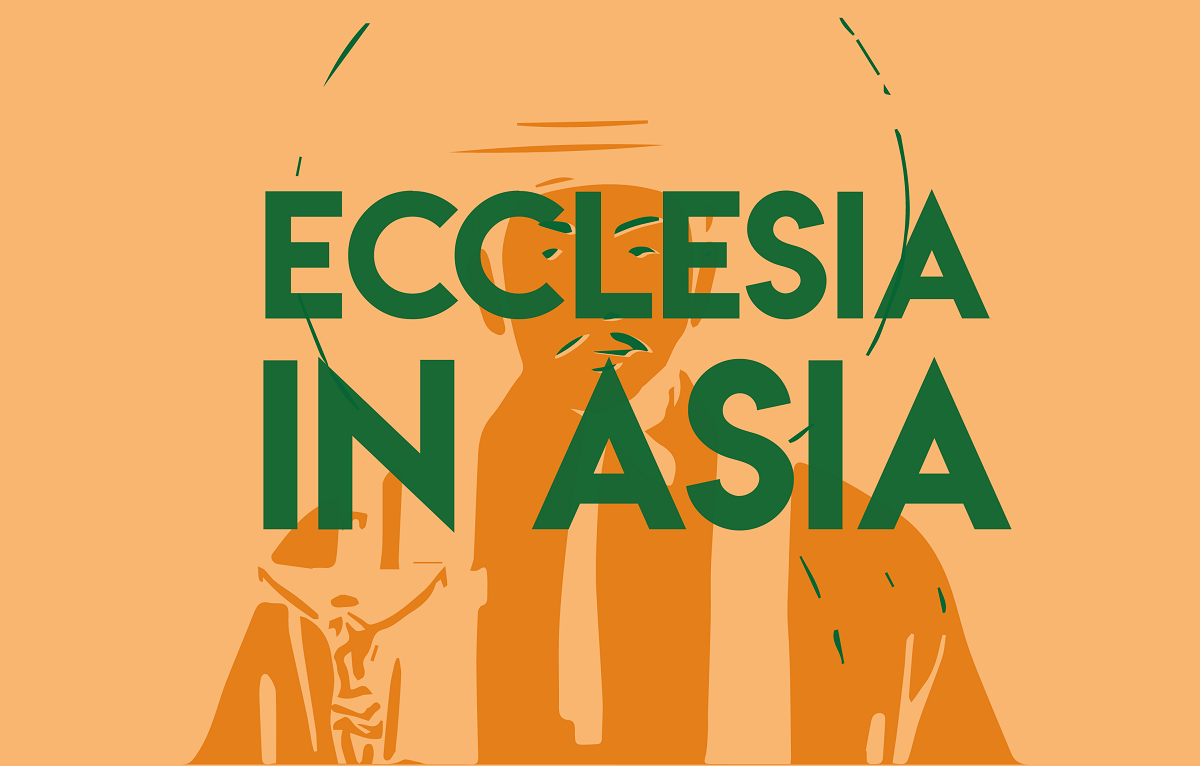Okunoshima island trending on Instagram has history steeped in chemical warfare
A tourist destination for the wild rabbits that inhabit it, the atoll not far from Hiroshima was one of Japan's main war laboratories, where Fu-Go, huge balloons equipped with incendiary bombs, were also produced and launched towards the United States. On the anniversary of the end of the war and the atomic tragedy, Reiko Okada, then a young factory worker, recalls: ‘If we don't remember, we will repeat the mistakes of the past.’
Milan (AsiaNews/Agencies) - Okunoshima Island, known today as ‘Rabbit Island’, is a small atoll located near Hiroshima, inhabited mainly by wild rabbits. There is no official explanation as to why so many rabbits live on the island, but for this reason it is considered one of the most unusual and curious tourist destinations in Japan.
Few people know, however, that there was a time when the existence of this island was shrouded in secrecy. Okunoshima was one of the main war laboratories of imperial Japan, so much so that it was removed from maps to protect its secrecy: it was here that the first rudimentary long-range missiles and most of the chemical gases that devastated China were produced. This is recalled in an article published by the Kyodo news agency in recent weeks, marking the 80th anniversary of the end of the Second World War in the East, by Reiko Okada, who was just 15 years old during the last two years of the war. Okada lived in Okunoshima during the last years of the war, working in the factories for which the island was kept secret. Today, at almost 100 years old, she is committed to recounting her experiences in order to keep alive the memory of the horrors of the conflict, of the violence of which human beings are capable and, indirectly, of the often forgotten history of that island before it became a tourist destination.
Mrs Okada recalls that she was a young student when, in 1944, she was asked to move to the island to work in a factory. There, together with some of her classmates, she took part in the construction of mysterious flying balloons: what are now considered the first experiments with intercontinental missiles, known as “Fu-Go”. These enormous balloons had a diameter of 10 metres and were made from a paste derived from konjac root and Japanese washi paper. They were then filled with hydrogen, equipped with incendiary bombs and an altitude control system that was cutting-edge for the time. Taking advantage of the currents over the Pacific Ocean, they were designed to reach North America.
Okunoshima – which did not appear on maps because it was home to Asia's largest factory producing poison gas, already banned under international law – was the ideal place to produce these new weapons. All workers were forbidden to talk about their work, even to their families. Okada says he did not believe in the effectiveness of his work: he thought it was “ridiculous to leave them at the mercy of the wind”. Shortly before Japan declared unconditional surrender in 1945, Reiko was tasked with clearing the gas factory and transferring all the barrels. After the atomic bomb was dropped on Hiroshima, she went to the site to take part in the rescue operations. “People were dying every day,” she says. “It looked like a world of worms crawling inside weakened bodies”.
Between 1944 and 1945, Japan launched more than 9,000 balloon bombs from Rabbit Island. About 300 of these reached the United States, causing fires and minor damage. Only one of these made it as far as Oregon, where, in May 1945, it killed six people, including five children, probably the only American civilian casualties of the war.
When Reiko learned of these innocent deaths, she realised that she was complicit in the tragedy. Later, she also learned of the devastating effects of Japanese chemical weapons used in China: it is estimated that Japan produced nearly 7,000 tonnes of poison gas, used in over 7 million shells.
Today, the elderly Reiko Okada is a painter and continues to tell her story through her art. Her goal is not to forget the past, but to understand it in order to preserve it: “If we do not take responsibility as the perpetrators of war, we will repeat the mistakes of the past,” she told KyodoNews, risking becoming “both victims and perpetrators”.
12/02/2016 15:14





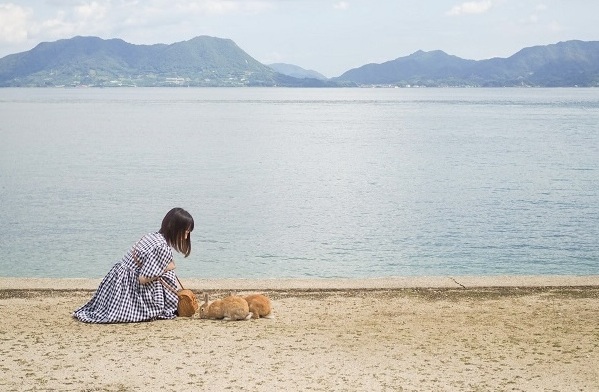
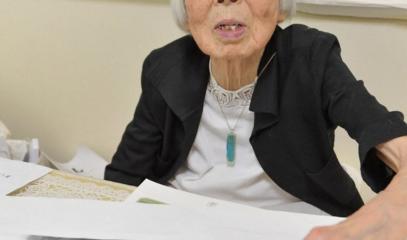

.png)

